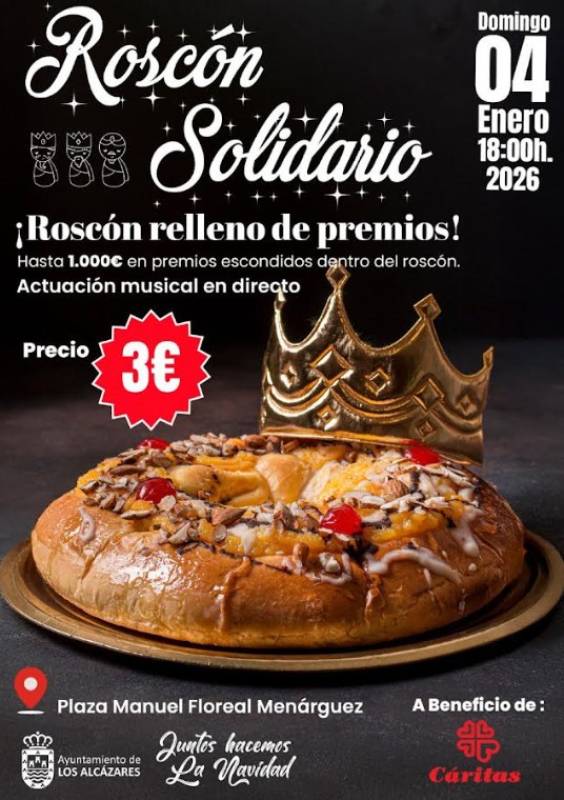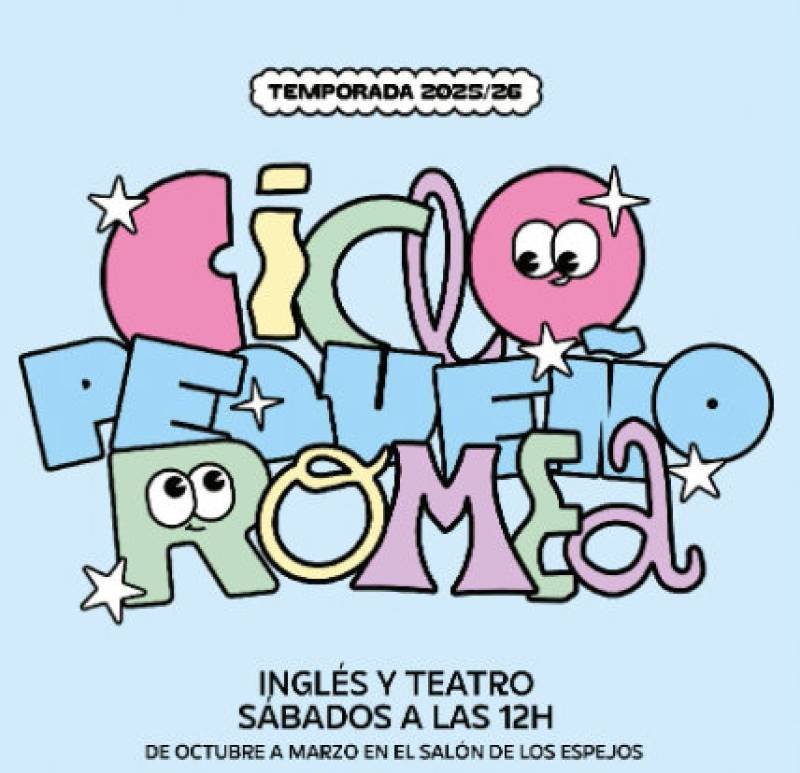

Guidelines for submitting articles to Hacienda Riquelme Golf Resort Today
Hello, and thank you for choosing Hacienda Riquelme Golf Resort.Today to publicise your organisation’s info or event.
Hacienda Riquelme Golf Resort Today is a website set up by Murcia Today specifically for residents of the urbanisation in Southwest Murcia, providing news and information on what’s happening in the local area, which is the largest English-speaking expat area in the Region of Murcia.
When submitting text to be included on Hacienda Riquelme Golf Resort Today, please abide by the following guidelines so we can upload your article as swiftly as possible:
Send an email to editor@spaintodayonline.com or contact@murciatoday.com
Attach the information in a Word Document or Google Doc
Include all relevant points, including:
Who is the organisation running the event?
Where is it happening?
When?
How much does it cost?
Is it necessary to book beforehand, or can people just show up on the day?
…but try not to exceed 300 words
Also attach a photo to illustrate your article, no more than 100kb

Real Casino de Murcia
Murcia Casino
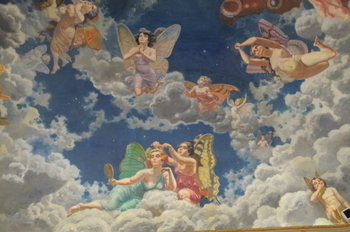
Membership is by subscription and many casinos still operate throughout Spain in this fashion today, amongst them the glorious casino in Murcias Capital.
Most Casinos are for members only, but the Casino in Murcia can be visited by the public during specified hours and is an interesting insight into a world of exclusivity, as well as being a very beautiful building in its own right.
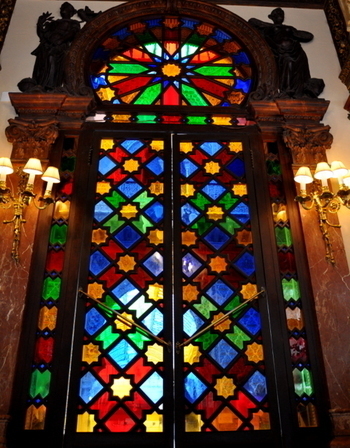
In November, 2009, the casino was reopened after four years of restoration work which cost a total of ten million euros. This restoration was an almost complete rehabilitation of the building, including the strengthening of the foundations, which had shown signs of instability, the repair of structural weaknesses, the renovation of all the facilities (including the necessary improvements in installations and access) and the restoration of all the finishes and decorative and artistic features, such as paintings, sculptures, lamps and furniture .
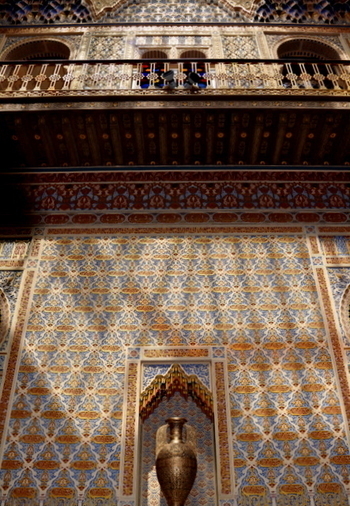
It is made from sandstone, with a plinth of red marble from Cehegín. Pedro Cerdán was an important architect within the Region of Murcia and also designed the indoor Veronicas Marketplace in Murcia which is a treasure trove of smells and goodies and well worth visiting, the Casa del Piñon in La Unión which is now the Town Hall and also the Casa del Reloj in San Pedro del Pinatar.
Entering via the striking stained glass door which so characterises Arabic architecture of the period, visitors enter the striking Arabic Patio, again designed by Manuel Castaños.

The dome is perhaps the most outstanding architectural feature, making a third floor and being the highest part of the casino.
From here visitors follow a course into the Galería central, which is a central passageway covered with a glass dome.
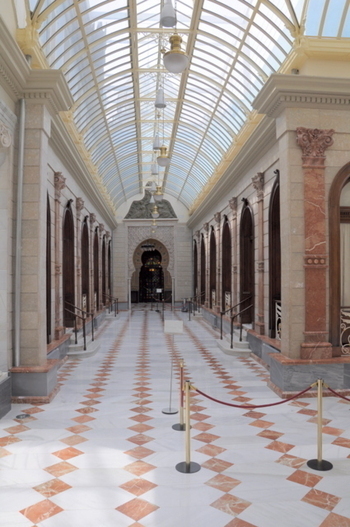
The "Congresillo" is the name popularly given to one of the lounges, situated opposite the library, which was a meeting point for influential people in the economic and social life of Murcia.
In this room many appointments to important civic and political posts were decided, and other important decisions made. The paintings hanging in this room include works by Obdulio Millares and Manuel Picolo (1892).
The Pompeyan (or Roman) Patio took on its current shape in the reform work carried out in 1893. Initially it was known as the square patio, and was covered by awnings.

The sides of this patio include beautiful copies of two sculptures of Danaide and Amazon, the originals of which are currently in the Vatican museum.
The Ballroom is the only room which remains the same as in the first phase of the Casinos construction, between 1870 and 1875. Valuable paintings which adorn its walls -four matrons among the clouds, representing 
These paintings are the work of Manuel de San Miguel, except the groups of Music and Dance, which are attributed to Manuel Picolo.
Its also worth taking a look at the five smelted bronze lamps, coated in gold, decorated with 1,800 pieces of Bacarat cut glass. These were made in Paris by Chalier and Jean in 1886.
The Tocador de Señoras
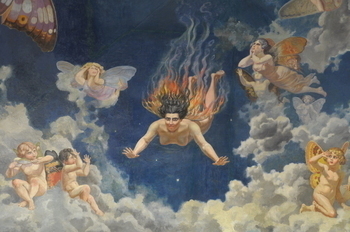
One of the most interesting aspects of this room is the ceiling, work of José Marín Baldo, an allegory of the night, representing the goddess Selene.
Users of the room experience the curious effect that eyes from the ceiling follow them wherever they go, and the whole is a most curious and effective work which is amongst the most popular rooms with visitors.
Practical details for visiting the Real Casino de Murcia
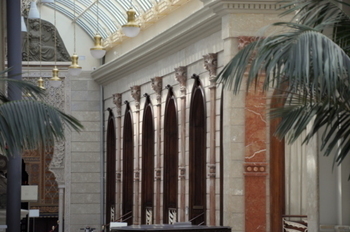
Calle Trapería no 18
30001
Murcia
Tel 968 215 399
Opening Times:
11.30am to 9pm
Entrance Prices ( correct summer 2011)
5 euros standard
4 euros pensionistas









